
An earthquake occurs when two blocks of the earth slip past one another.
The surface where they slip is called the fault and the location below the earth’s surface where the earthquake starts is the hypocenter.
The location directly above it on the surface is the epicenter.
The main earthquake is called the mainshock and they always have aftershocks that follow.
These are smaller earthquakes that take place afterwards in the same place as the mainshock.
Depending on the size of the mainshock, aftershocks can continue for weeks, months, and even years.
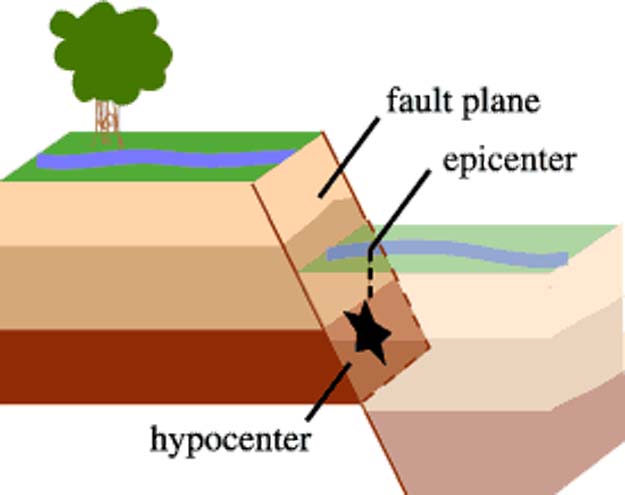
What causes earthquakes and where do they happen?
The earth has four major layers: the inner core, outer core, mantle and crust. The crust and the top of the mantle make up a thin skin on the surface of our planet.
But this skin is not all in one piece – it is made up of many pieces like a puzzle covering the surface of the earth.
Not only that, but these puzzle pieces keep slowly moving around, sliding past one another and bumping into each other.
We call these puzzle pieces tectonic plates, and the edges of the plates are called the plate boundaries.
At least 19 dead, over 300 injured as earthquake jolts AJK, Punjab, parts of K-P
The plate boundaries are made up of many faults, and most of the earthquakes around the world occur on these faults.
Since the edges of the plates are rough, they get stuck while the rest of the plate keeps moving.
Finally, when the plate has moved far enough, the edges unstick on one of the faults and there is an earthquake.
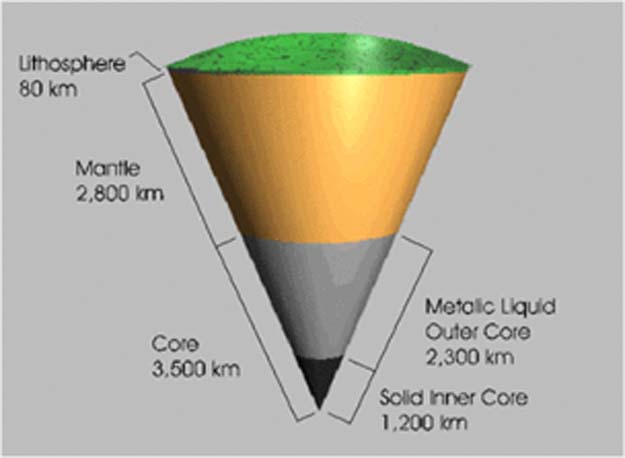
Why does the earth shake when there is an earthquake?
While the edges of faults are stuck together, and the rest of the block is moving, the energy that would normally cause the blocks to slide past one another is being stored up.
How does the depth of an #earthquake change the shaking that's felt on the surface? https://t.co/EWFXAqfRmT pic.twitter.com/XlyhvnE3oX
— EarthScope Consortium (@EarthScope_sci) September 23, 2019
When the force of the moving blocks finally overcomes the friction of the jagged edges of the fault and it unsticks, all that stored up energy is released.
The energy radiates outward from the fault in all directions in the form of seismic waves like ripples on a pond.
The seismic waves shake the earth as they move through it, and when the waves reach the earth’s surface, they shake the ground and anything on it.
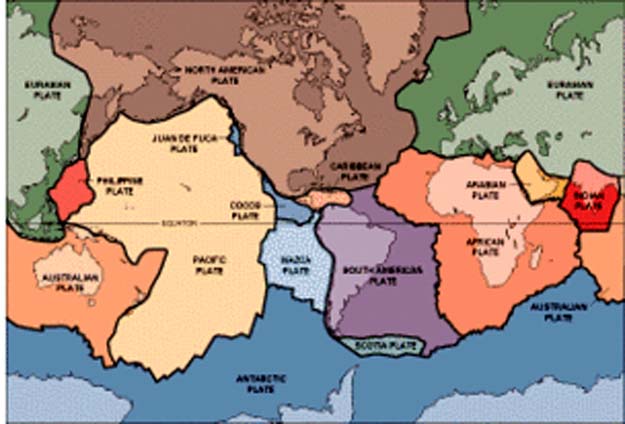
How are earthquakes recorded?
Earthquakes are recorded by instruments seismographs and recording they make is a seismogram.
The seismograph has a base that sets firmly in the ground, and a heavy weight that hangs free.
When an earthquake causes the ground to shake, the base of the seismograph shakes too, but the hanging weight does not.
How does the depth of an #earthquake change the shaking that's felt on the surface? https://t.co/EWFXAqfRmT pic.twitter.com/XlyhvnE3oX
— EarthScope Consortium (@EarthScope_sci) September 23, 2019
Instead the spring or string that it is hanging from absorbs all the movement.
The difference in position between the shaking part of the seismograph and the motionless part is what is recorded.
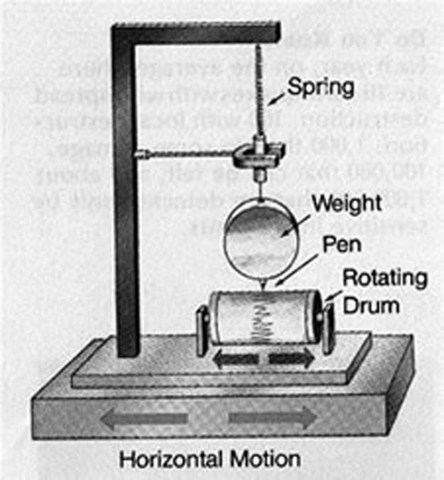
How do scientists measure the size of earthquakes?
The size of an earthquake depends on the size of the fault and the amount of slip on the fault, but that’s not something scientists can simply measure with a measuring tape since faults are many kilometers deep beneath the earth’s surface.
So how do they measure an earthquake? They use the seismogram recordings made on the seismographs at the surface of the earth to determine how large the earthquake was.
What's the difference between #earthquake magnitude and intensity? https://t.co/EWFXAqfRmT pic.twitter.com/NhYgNKs497
— EarthScope Consortium (@EarthScope_sci) September 22, 2019
A short wiggly line that doesn’t wiggle very much means a small earthquake, and a long wiggly line that wiggles a lot means a large earthquake.
The length of the wiggle depends on the size of the fault, and the size of the wiggle depends on the amount of slip.
The size of the earthquake is called its magnitude. There is one magnitude for each earthquake.
Scientists also talk about the intensity of shaking from an earthquake, and this varies depending on where you are during the earthquake.
What is the Richter scale?
The Richter scale measures the strength or size of earthquakes and was created by Charles Richter.
The Richter Scale was invented in 1935 as a mathematical device to compare the size of earthquakes. Using a seismometer to detect vibrations caused by an #earthquake, the magnitude can be measured using the Richter scale, which is numbered 1-10... #geographyteacher #geography pic.twitter.com/HK577rex7P
— NST Geography Trips (@NSTGeography) September 17, 2019
It is a numerical scale for expressing the magnitude of an earthquake on the basis of seismograph oscillations.
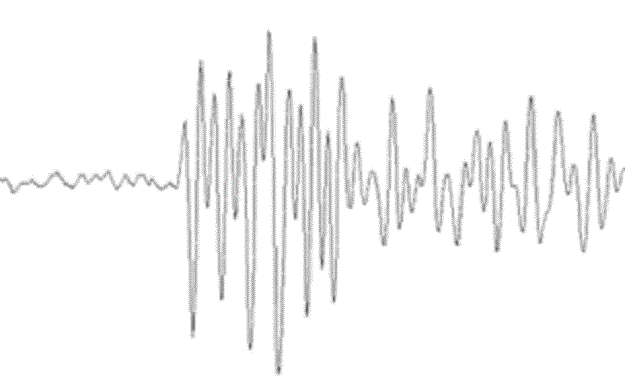
Can scientists predict earthquakes?
No, and it is unlikely they will ever be able to predict them. Scientists have tried many different ways of predicting earthquakes, but none have been successful.
Awesome graphic to show the different types of plate boundaries of all the classic examples we teach in #geography class #geographyteacher #geology #volcano #earthquake pic.twitter.com/WAqaCEbJrD
— Easygeography.co.uk (@easygeography) September 14, 2019
On any particular fault, scientists know there will be another earthquake sometime in the future, but they have no way of telling when it will happen.
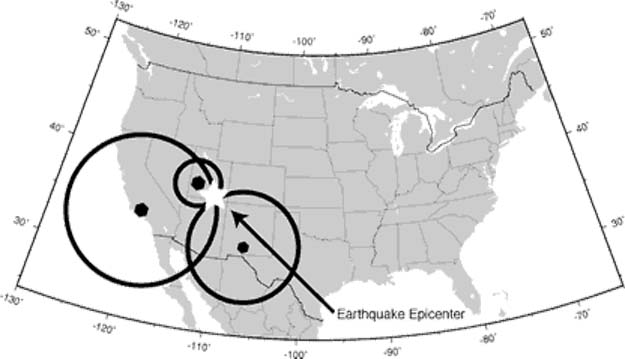
Compiled from different sources. Photos by USGS


1731975305-0/Untitled-design-(40)1731975305-0-165x106.webp)
1731975060-0/Untitled-design-(39)1731975060-0-165x106.webp)













COMMENTS
Comments are moderated and generally will be posted if they are on-topic and not abusive.
For more information, please see our Comments FAQ